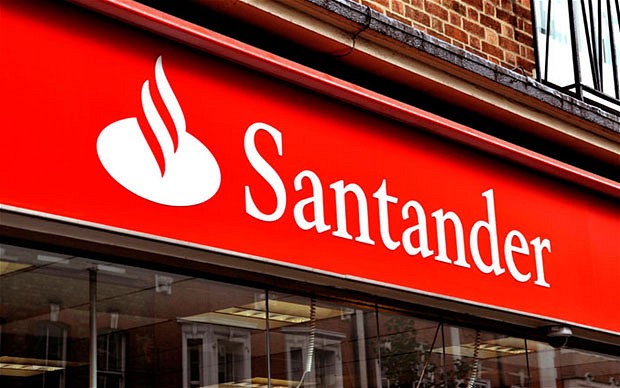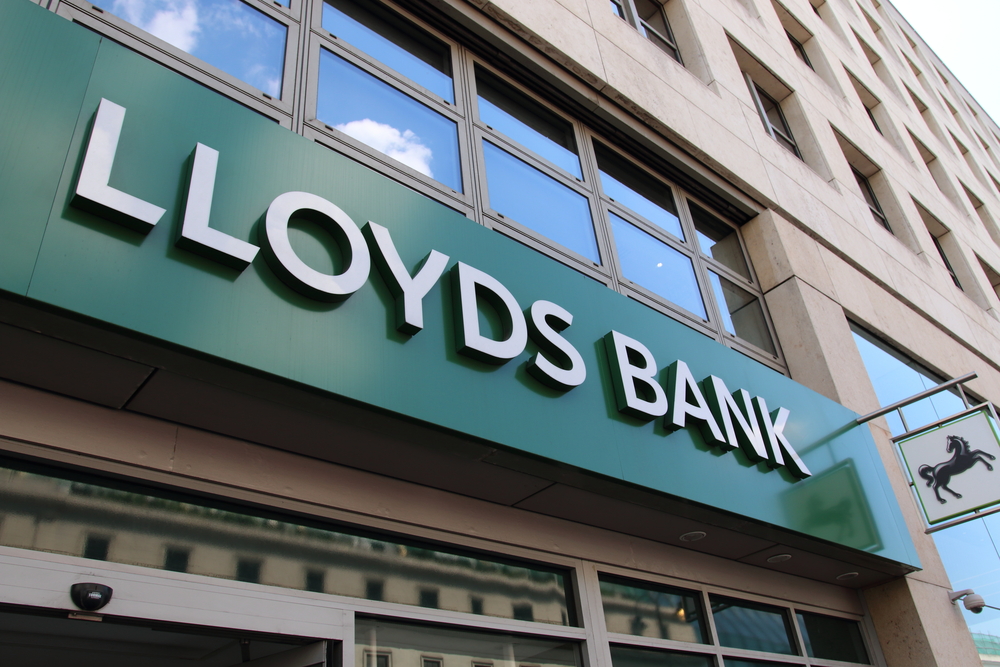Lloyds Banking Group is moving towards a tiered overdraft system that will see some customers paying more – up to 49.9% for arranged borrowing – the highest rate on the market.
The banking giant has written to customers with either a Lloyds Bank, Halifax or Bank of Scotland current account informing them of an upcoming change to the interest rate applied to overdrafts from August.
Currently, most customers are charged 39.9%, but Lloyds already charges some 49.9% after introducing this level in 2020.
Meanwhile Club Lloyds customers currently have a lower 27.5% interest rate or they pay 49.9%.
But from August, two new lower tiers will be introduced at 19.9% and 29.9%, meaning there will be four tiers in total:
- 19.9%
- 29.9%
- 39.9%
- 49.9%
This means some customers with an arranged overdraft – when you need to borrow a little extra beyond your balance – will pay the same or less, while others will pay more.
The lower 27.5% rate on overdrafts for Club Lloyds customers will also be removed.
However, Lloyds said it is providing 60 days’ notice for customers whose rates will rise, and it will also introduce a temporary tier at 34.9% to limit the impact.
Further, it added that any hikes will be capped at 7.4 percentage points above what they’re currently paying.
For anyone whose rate will fall, Lloyds said it gives seven days’ notice of the change.
There’s no change to unarranged overdrafts. Since 2017, Lloyds has not charged customers for entering their unarranged overdraft.
Will you pay more or less?
Which tier you’ll pay and exactly why is up for discussion.
Lloyds determines the rate based on its affordability assessment, which takes into account factors such as the information received from credit reference agencies, as well as how the account is used.
But Sara Williams, personal finance expert and founder of Debt Camel, said the way it is determined doesn’t give customers much of a clue.
Feedback she received from customers also didn’t reveal a trend or pattern. One user who wasn’t using her account at all will see her rate fall from 39.9% to 29.9%. Meanwhile, another who never uses their overdraft will see the rate hiked to 39.9%.
Williams wrote in her Debt Camel post: “The pricing for an individual banking with part of the Lloyds Group will still be a single rate. But anyone thinking of switching their account to Lloyds [it currently offers £175] will have no idea what rate they may be offered on an overdraft, making comparisons – and any hope of competition reducing rates – less likely.
“Secondly, if customers who are in difficulties are moved to a higher rate, that will cause them more problems.”
She added that increasing overdraft charges also seems at odds with the Consumer Duty, and highlighted the recent Child Benefit payment fiasco that meant overdrafts were a lifeline for those requiring temporary borrowing, at a lower rate for now, if they’re with Lloyds.
‘As expensive as subprime loans’
Alastair Douglas, TotallyMoney CEO, said: “For some, overdrafts are a ghost debt, as there’s no separate account, card, app, or provider. People can drift in and out of them each month, without really recognising they’re slipping into debt, or paying interest.
“But the truth is that overdraft rates can be some of the highest on the high street. And with Lloyds, Halifax, and the Bank of Scotland now charging up to 49.9%, they’re becoming as expensive as some subprime loans.”
Douglas added that if you use an overdraft, then you should consider other options, and shop around for a better offer.
“This might mean clearing the balance with savings, a loan, or money transfer. Another option might be to move to a bank [that] offers interest free overdrafts – and they might even pay you to switch.
“A good personal finance app should help you manage your money better, and by cutting out expensive borrowing behaviours, you can get out of debt quicker, and start moving your finances forward.”
A Lloyds Banking Group spokesperson said: “We are writing to our customers to let them know we’re introducing new interest rate tiers on our overdrafts. The changes mean many will continue to pay the same or less than they do today, while some may see an increase.”





